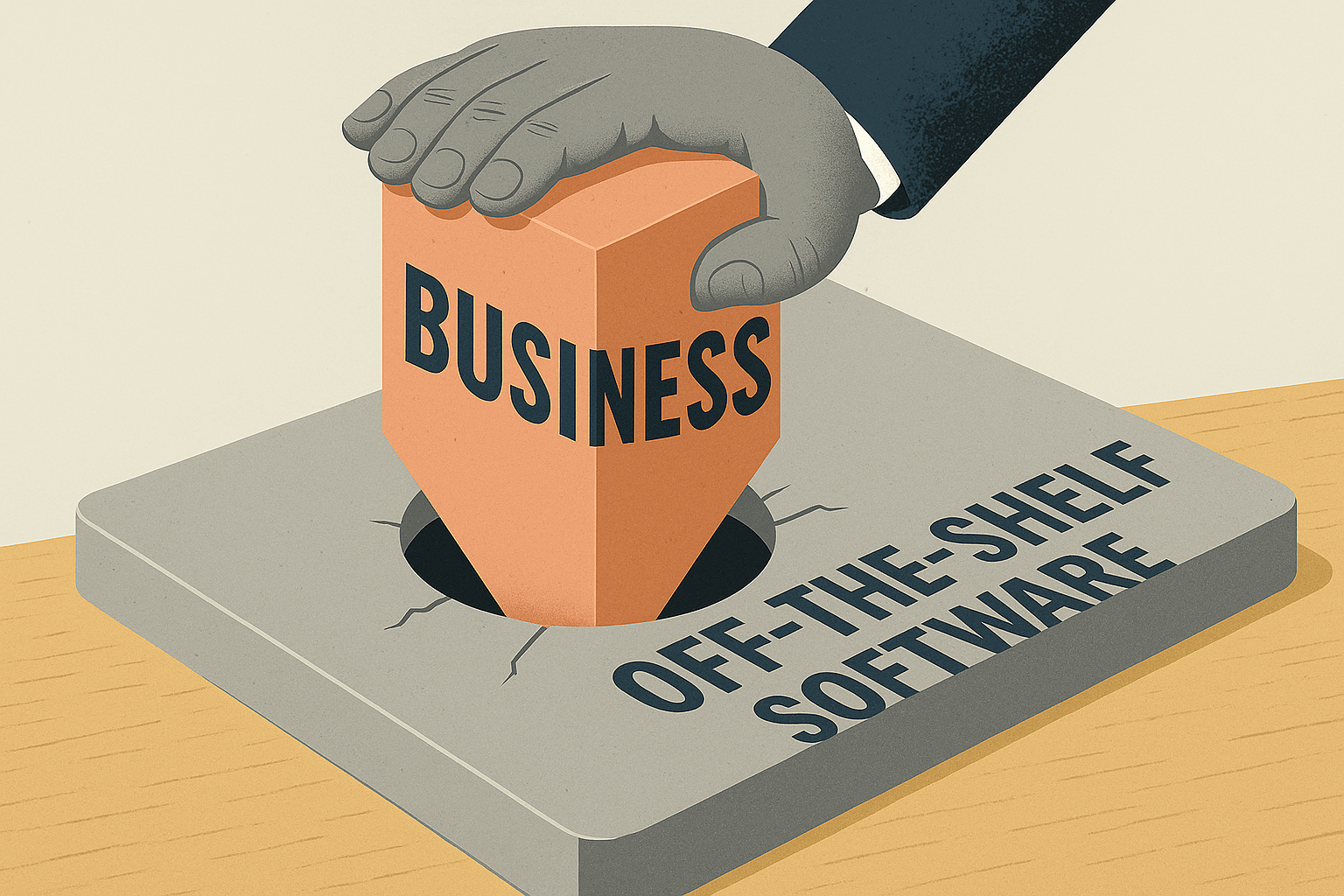Unlocking Innovation: R&D Tax Incentives for Developing Custom Software/Apps in Australia
In the ever-evolving landscape of technology, the development of custom software and applications plays a pivotal role in driving innovation and meeting the unique needs of businesses across various industries. Recognising the importance of fostering research and development (R&D) in the software domain, the Australian government offers robust tax incentives to incentivise businesses to invest in cutting-edge solutions. In this article, we’ll explore the R&D tax incentives available in Australia for organisations engaged in the development of custom software and applications.
Understanding R&D Tax Incentives
Australia’s R&D Tax Incentive program is designed to encourage businesses to undertake innovative projects that contribute to advancements in their respective fields. Administered by the Australian Taxation Office (ATO), this program provides eligible companies with a tax offset for eligible R&D activities. For businesses involved in custom software and application development, these incentives can be a powerful catalyst for growth and technological advancement.
Eligibility Criteria
To qualify for R&D tax incentives in Australia, businesses must meet certain eligibility criteria. Specifically, the R&D activities must involve a systematic, investigative approach that aims to generate new knowledge or create new and improved products, processes, or services. For custom software and application development, this may include activities such as:
- Experimenting with novel algorithms or programming languages
- Overcoming technical challenges in designing user interfaces or optimising performance
- Developing solutions for unique business requirements
- Conducting feasibility studies for innovative features or functionalities.

Claiming the Incentives
To claim R&D tax incentives, businesses must register their R&D activities with the ATO and submit detailed documentation outlining the nature of the R&D projects, methodologies employed, and the outcomes achieved. It’s crucial to maintain comprehensive records to substantiate the eligibility of the claimed R&D activities.
Tax Offset Calculation
Eligible businesses can receive a tax offset of up to 43.5% of eligible R&D expenditure for companies with an annual turnover of less than $20 million. For larger companies, the offset is 38.5%. The offset is applied against the company’s income tax liability, and in cases where the offset exceeds the tax liability, it can be carried forward to offset future tax liabilities.
Benefits of R&D Tax Incentives for Custom Software Development
Financial Incentives: The tax offset provides a significant financial incentive for businesses to invest in R&D, reducing the overall cost of innovation.
Competitive Advantage: Organisations that actively engage in R&D for custom software development gain a competitive edge by staying ahead of industry trends and offering unique solutions to their clients.
Collaboration and Knowledge Sharing: The R&D process often involves collaboration and knowledge-sharing among team members, fostering a culture of innovation within the organisation.
Job Creation: Increased R&D activities can lead to the creation of skilled jobs, contributing to the growth of the technology sector and the economy as a whole.
Conclusion
Australia’s R&D Tax Incentive program serves as a powerful mechanism for promoting innovation, especially in the dynamic field of custom software and application development. Businesses that leverage these incentives not only benefit from financial support but also contribute to the advancement of technology and the overall competitiveness of the Australian economy on the global stage. By embracing R&D tax incentives, organisations can unlock new possibilities, drive technological progress, and position themselves as leaders in the ever-expanding digital landscape.




